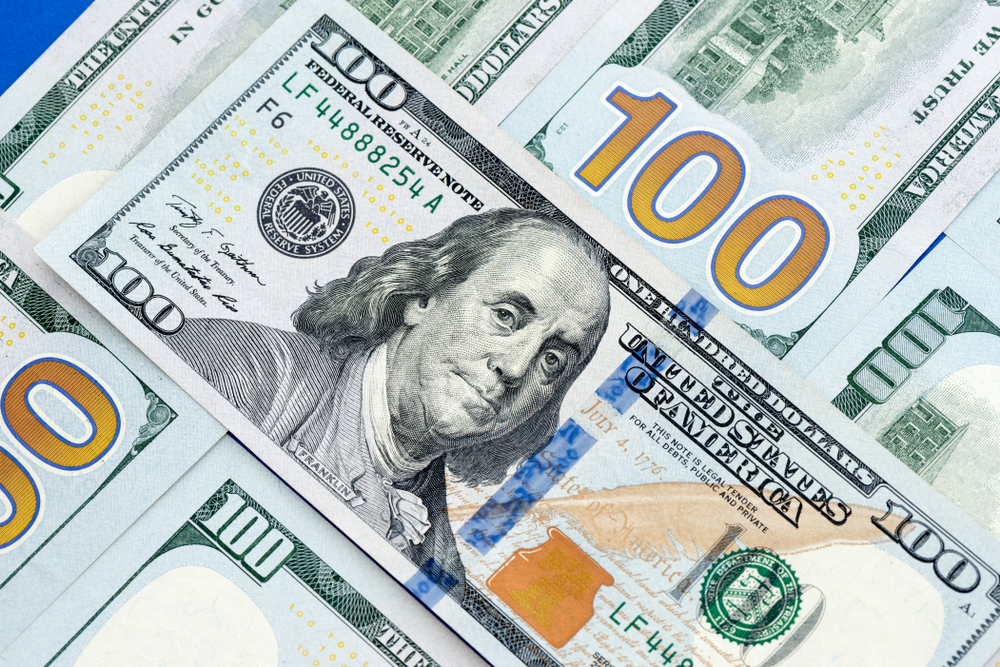- Summary:
- The USDJPY is finding it hard to break the 109.30 resistance as optimistic US-China trade sentiment wanes. A rising wedge is also forming onthe daily chart.
The USDJPY remains capped at 109.30 this Friday on waning optimism surrounding the US-China trade deal. After a barrage of optimistic news sent the pair upwards from last week’s lows of 107.88, the pair has been capped after unconfirmed news that the deal had suffered some setbacks.
According to these largely unconfirmed reports, concerns have arisen on the US side as to the degree of rollbacks in tariffs that the Chinese side is asking for. There are also reports of disagreements over where the Phase 1 deal already agreed upon by both parties would be signed. This is leading to a feeling that the signing would now take place in December and may be caught up by the onset of new tariffs scheduled to kick in that period.
While the markets may not have become pessimistic over the situation, these rumours have been enough to put a dampener on further upside moves.
Technical Outlook for USDJPY
The USDJPY is capped by the major resistance at 109.30 on the daily chart, which corresponds to the 61.8% Fibonacci retracement and the previous highs seen on August 1 and October 30. Price patterns have now formed a rising wedge on the daily chart, which has potentially bearish implications for the pair.
If the US-China phase 1 deal eventually gets signed, we could see the pair burst through the 109.30 resistance. In this case, the wedge pattern would be negated and price would target 109.94 initially (March 28 low in role reversal and May 30 high). A breach of this price level to the upside then targets the78.6% Fibonacci level of 110.67 (May 28 high).
On the flip side, a firm rejection at 109.30 (which could arise from risk-off sentiment) could target the July 29 and October 17 lows of 108.42 (50% Fibonacci retracement). A break to the downside below this level will confirm the rising wedge and lead to further downside at targeting the July 3 and September 16 lows at 107.53. Below this area, 106.32 (38.2% Fibonacci retracement level) could also become a price target.


